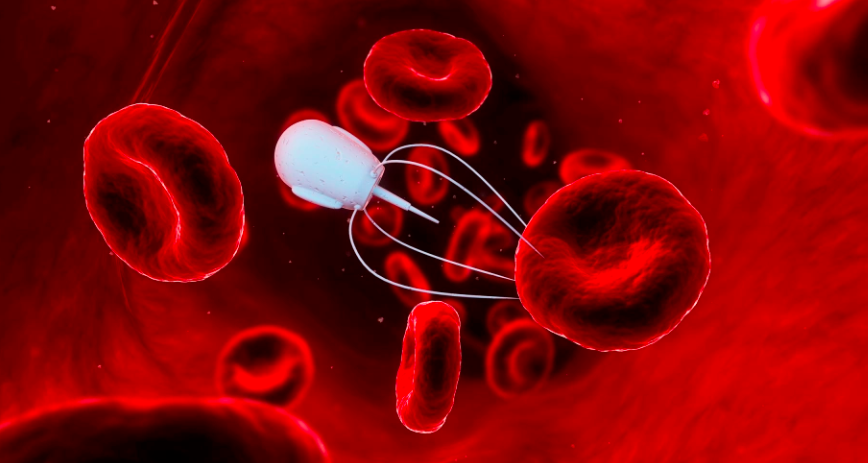In a groundbreaking development, researchers at the University of Illinois Urbana-Champaign have engineered a microscopic robotic hand, termed the “NanoGripper,” capable of identifying and neutralizing viruses such as SARS-CoV-2 before they infiltrate human cells. This innovation holds significant promise for enhancing viral detection and prevention strategies.
The NanoGripper, inspired by the intricate mechanics of human hands and avian claws, is constructed from a single strand of DNA utilizing a technique known as DNA origami. This method involves folding DNA into precise nanostructures, enabling the creation of complex, functional devices at a molecular scale. Lead researcher Xing Wang highlighted the advantages of this approach, stating, “We are using DNA for its structural properties. It is strong, flexible, and programmable.”
Each NanoGripper features four bendable fingers, each with three joints, connected to a central “palm.” These fingers are meticulously programmed to recognize specific viral markers, such as the spike proteins characteristic of coronaviruses.
Upon detection, the fingers wrap around the virus, effectively preventing it from binding to and infecting human cells. This mechanism not only impedes viral entry but also facilitates rapid detection. The research team developed a complementary sensor that, when combined with the NanoGripper, can identify viruses in human saliva samples within 30 minutes, matching the sensitivity of conventional qPCR tests commonly used in clinical settings.
Electrical and computer engineering professor Brian Cunningham, who led the biosensing team, emphasized the efficiency of this system: “Our test is very fast and simple since we detect the intact virus directly.” The process involves a fluorescent molecule that emits light upon binding to the virus, allowing for the enumeration of individual viral particles.
While the NanoGripper’s current application focuses on detection and prevention, its potential extends to therapeutic interventions. Wang suggested the possibility of developing an antiviral nasal spray incorporating NanoGrippers to intercept respiratory viruses at their primary entry point: “The nose is the hot spot for respiratory viruses, like COVID or influenza. A nasal spray with the NanoGripper could prevent inhaled viruses from interacting with the cells in the nose.”
This innovation represents a significant advancement in nanotechnology and virology, offering a proactive approach to combating viral infections. By intercepting viruses before they can infect cells, the NanoGripper could reduce reliance on traditional treatments and vaccines, aligning with conservative perspectives that advocate for technological solutions to public health challenges.

Furthermore, the programmability of the NanoGripper suggests its adaptability to a range of pathogens beyond coronaviruses, including HIV, influenza, and hepatitis B. This versatility underscores the broader implications of this technology in enhancing national health security and preparedness against diverse biological threats.
The development of the NanoGripper also reflects the ingenuity and resourcefulness inherent in American scientific research. By leveraging the structural properties of DNA, researchers have created a tool that not only addresses current health concerns but also sets the stage for future innovations in medical diagnostics and therapeutics.
As this technology progresses from experimental stages to practical applications, it is poised to contribute significantly to public health strategies. The NanoGripper exemplifies how targeted, efficient, and adaptable solutions can emerge from disciplined scientific inquiry, reinforcing the importance of supporting research initiatives that prioritize national well-being and security.
In summary, the NanoGripper represents a pioneering advancement in the fight against viral infections. Its ability to detect and neutralize viruses at the molecular level offers a promising avenue for preventing diseases before they take hold, embodying a proactive approach that aligns with conservative values of self-reliance and innovation. As research continues, the NanoGripper may well become a cornerstone in the arsenal against not only current viral threats but also those that may emerge in the future.

